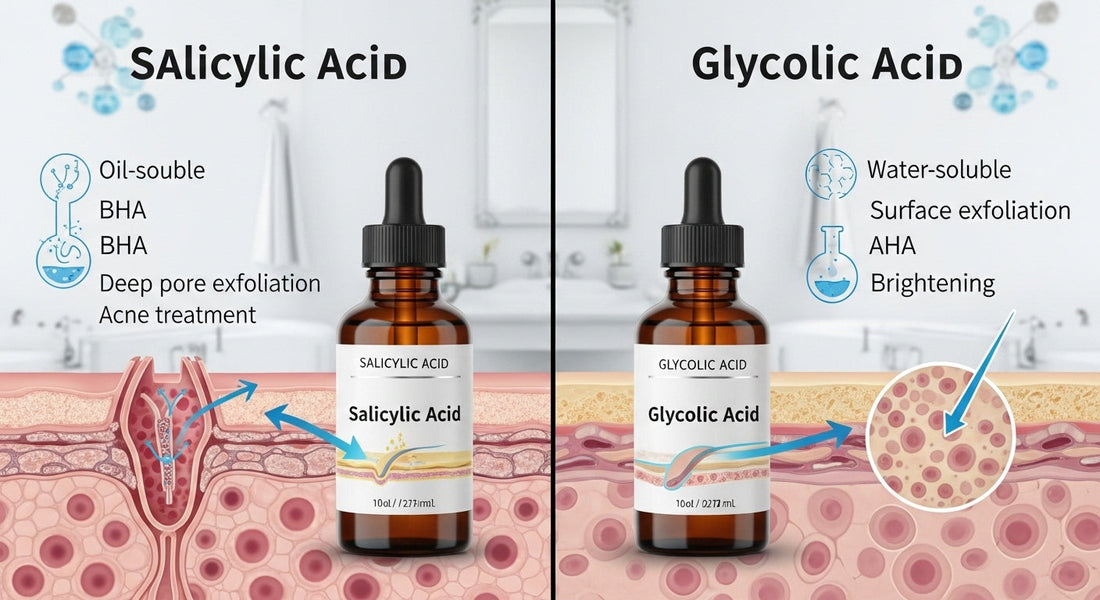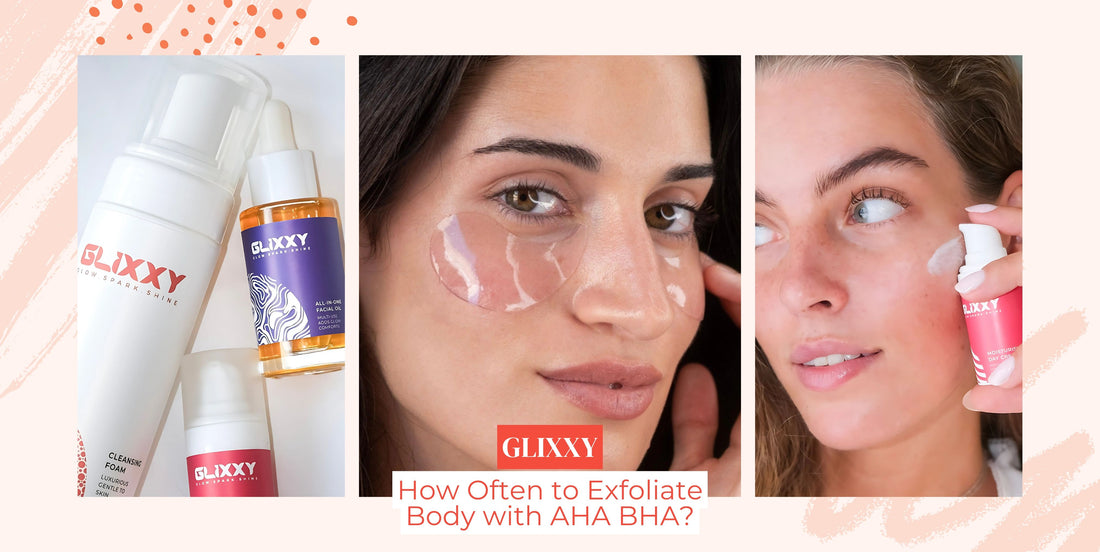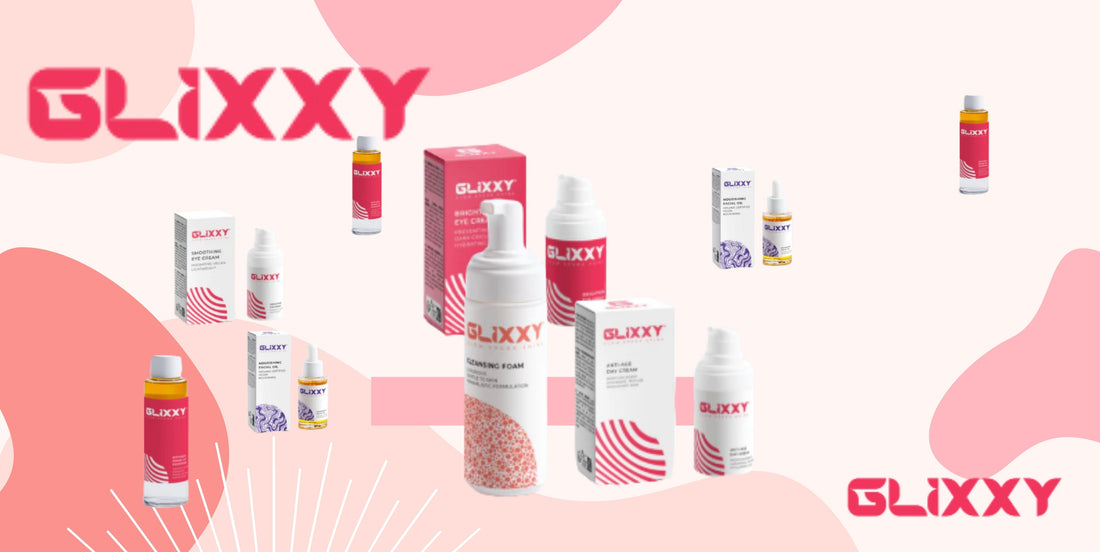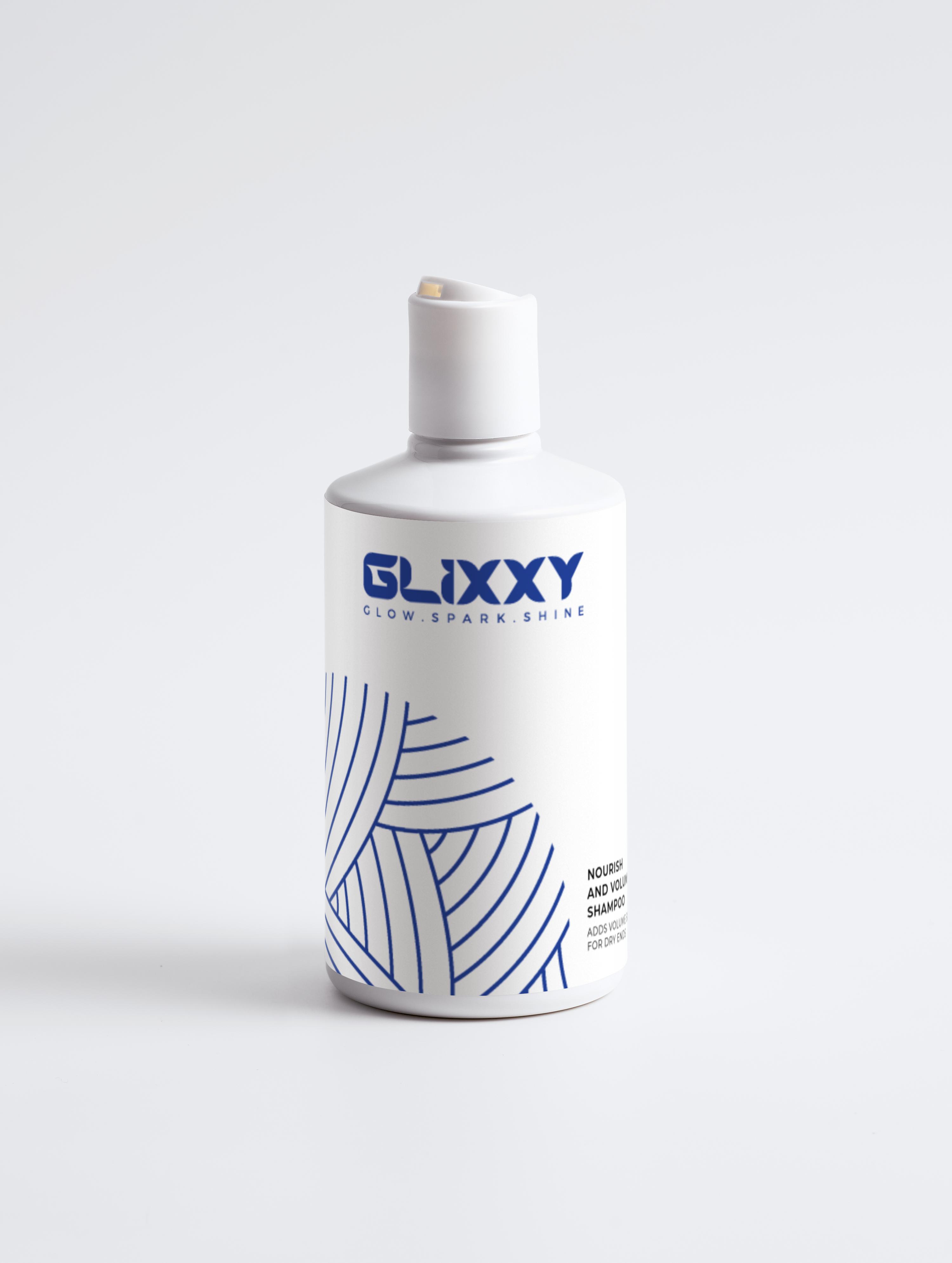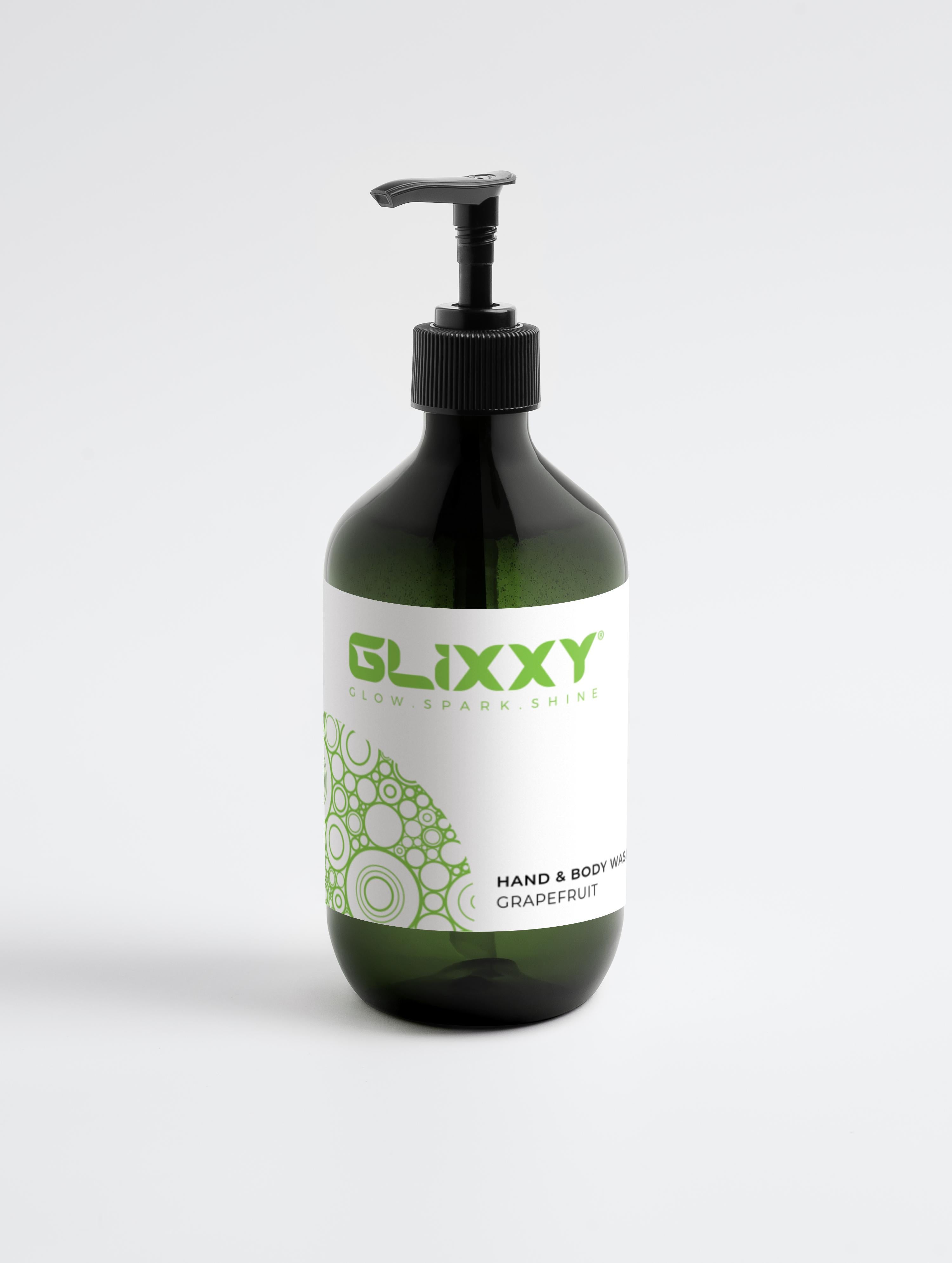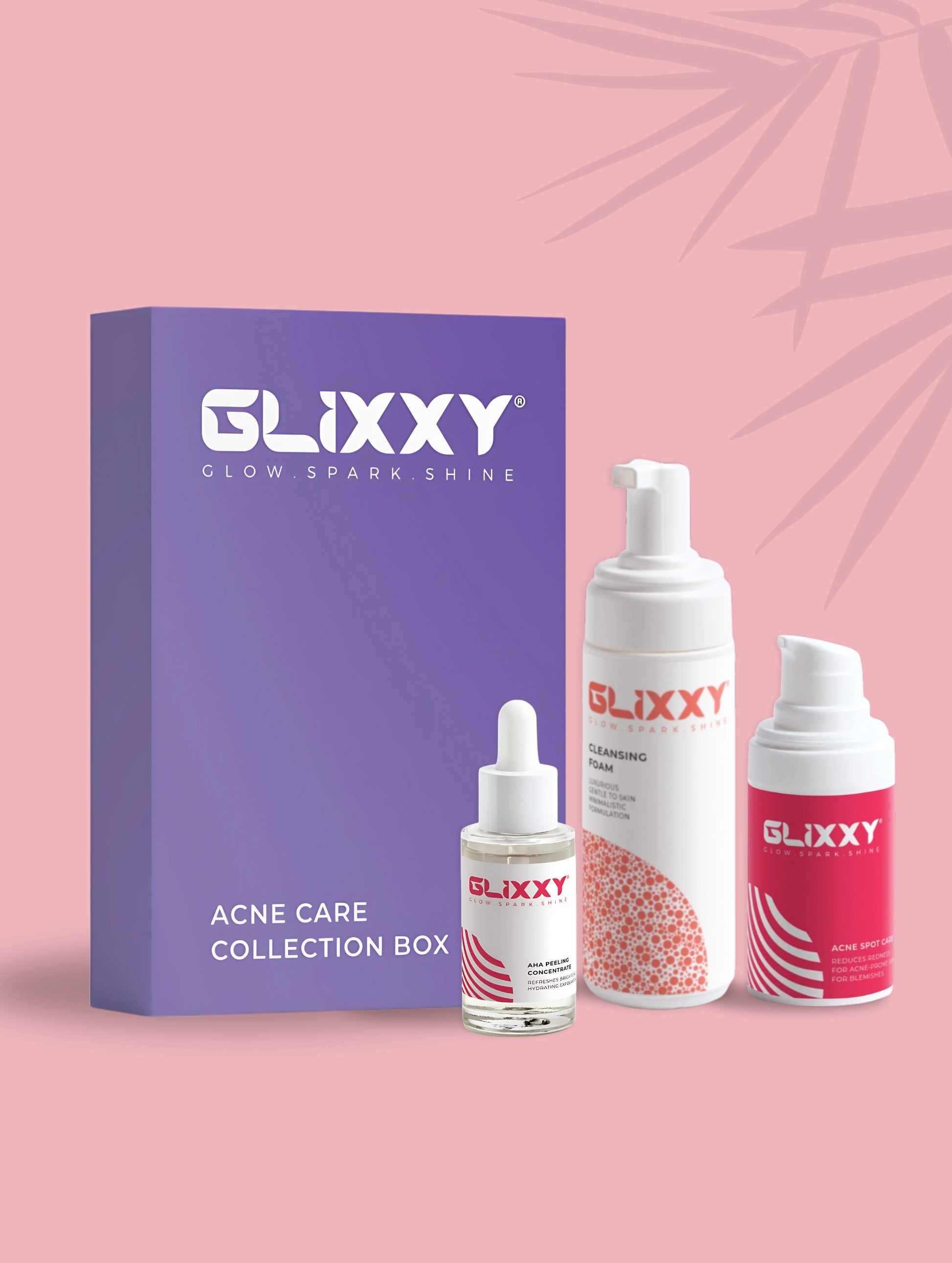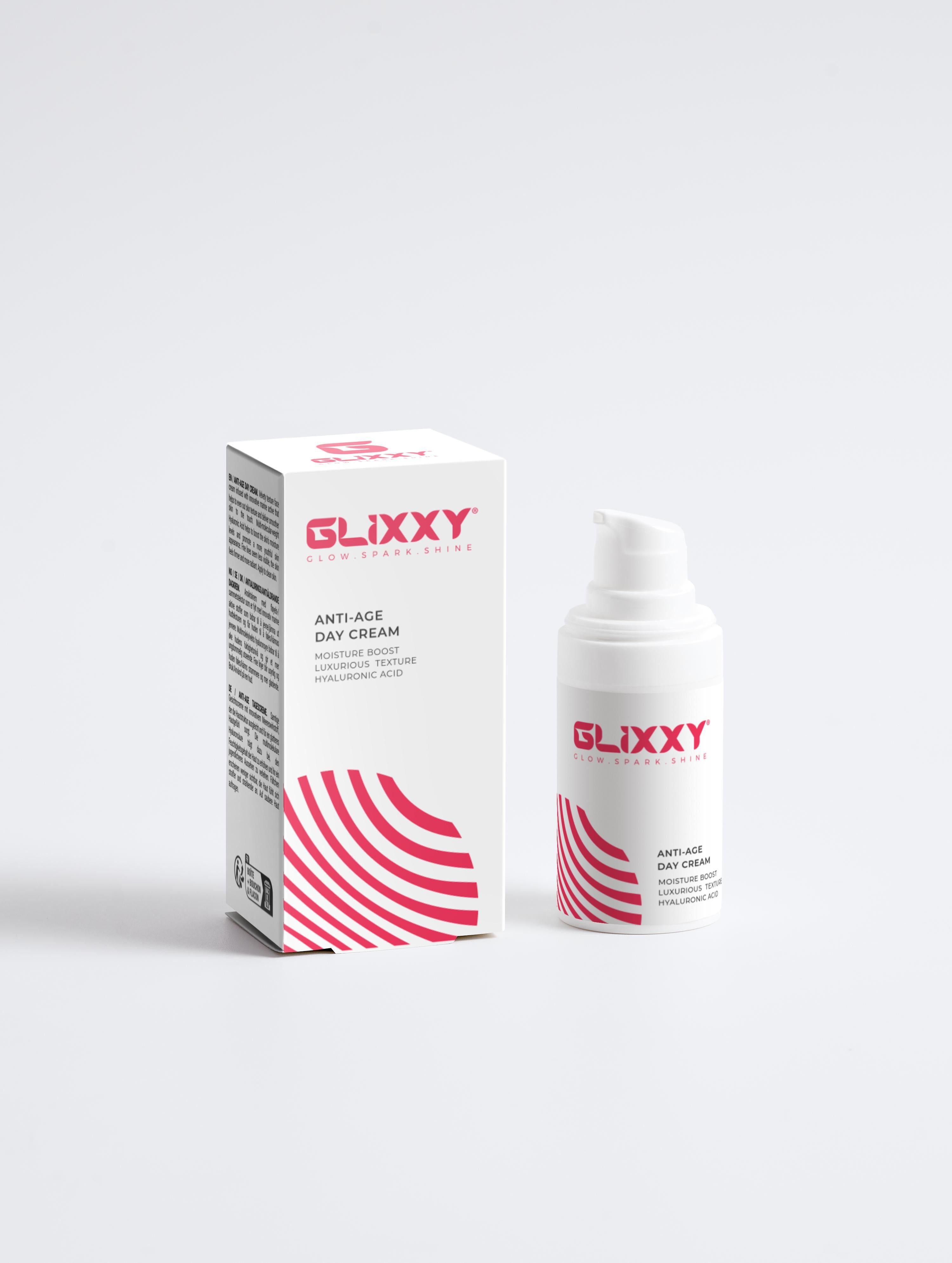You have probably heard words like acne, pimples, and blackheads like they are the same thing. Well, they are not.
And if you are treating them all the same way, your skin might be lowkey annoyed. So, let’s clear things up.
In this guide, we will break down pimples, blackheads, and acne differences and how to treat them the right way so your skincare isn’t just guesswork.
Pimples, Blackheads, & Acne: Core Concepts
Acne is not just one thing. It is actually a whole skin condition that includes a bunch of different types of breakouts. So when we say “acne,” we are not just talking about one bump here or there; it is actually a bigger picture.
Acne is the umbrella term. It is a chronic skin condition that happens when your pores get clogged with oil, dead skin, and sometimes bacteria. That leads to different types of spots, from tiny blackheads to painful cysts.
Under that umbrella, we have got blackheads and pimples as well which are two of the most common forms acne can take.
Blackheads are non-inflamed. The pore is open, and what you are seeing is a mix of oil and dead skin that is oxidized on the surface (which is why it looks black, not because it is dirty). They are usually flat or slightly raised and show up most often on the nose or chin.
Struggling with stubborn blackheads? Don’t miss our blackhead removal guide for tips that actually work (no sketchy DIYs).
Pimples, on the other hand, lead to inflammation. These show up when a clogged pore gets infected with bacteria, causing redness, swelling, and sometimes pus. They can be tender or even painful and come in a few forms, like papules or pustules.
What is the difference between Pimples, Blackheads, and Acne?
At first glance, all breakouts may kind of blur together. But if you have ever wondered why some spots hurt, others don’t, and some just never seem to go away, there’s actually a reason behind each one.
The key differences between blackheads, pimples, and acne go deeper than just how they look on the surface.
Let’s break it down by feature:
|
Feature |
Blackheads |
Pimples |
Acne |
|
Appearance |
Open pores with dark tops. flat/slightly raised |
Red bumps, pus filled tips (pustules), or deep cysts |
Umbrella term for blackheads, whiteheads, pimples, cysts, etc. |
|
Inflammation |
None |
Present. Redness, swelling, sometimes pus |
Can include both inflamed and non-inflamed types |
|
Pain |
Usually painless |
Often tender or painful |
Depends on type and severity |
|
Formation |
Oil + dead skin trapped in an open pore and oxidized |
Clogged follicle + bacteria = infection |
Includes all kinds of lesions and causes, form clogged pores to bacteria |
What Causes These Breakouts?

If we are being completely honest, sometimes it feels like your skin just wakes up and chooses violence. But most breakouts aren’t random. Whether it’s blackheads, pimples, or full-on acne, there is usually a mix of internal and external stuff triggering it behind the scenes.
Here is what’s really going on:
Hormonal Fluctuations:
Let’s start with the biggest culprit: hormones. When androgens spike (which happens during puberty, periods, or conditions like PCOS), your skin starts pumping out more oil than it needs. That excess oil clogs pores, and boom, acne happens.
Hormonal breakouts love showing up around the jawline and chin, and they are stubborn.
Pore Blockages:
Then there is the classic duo: oil and dead skin. When your skin does not shed properly, and that mix gets stuck in your pores, it creates the perfect little trap for bacteria. Once that happens, inflammation kicks in, and suddenly, it is not just a clogged pore; it is a full-on pimple.
External Triggers:
Now, even if your skin is doing okay internally, some outside factors can totally throw it off, such as:
- Diet (high-glycemic foods like sugary snacks, white bread, and even skim milk)
- Products (some hair and skin care products, especially heavy oil-based ones)
- Stress
The bottom line is that acne isn’t just caused by one thing. It is usually a mix of internal imbalances and environmental stuff.
Want to get really into it? Check out our full deep dive on acne, where we break down types, causes, and what actually works.
How Can I Fix Them? (Based on Severity)
If you are dealing with small bumps, blackheads, or the occasional breakout, you are in the mild acne zone, and yes, drugstore (OTC) treatments can work. Salicylic acid is great for clearing out pores and preventing clogs before they turn into breakouts.
Retinoids like adapalene boost cell turnover and keep things clear long-term. You might notice a purge at first, but stick with it. Benzoyl peroxide is another go-to for killing acne-causing bacteria, but it is recommended to start with a low percentage and spot-treat to avoid irritation.
Chemical peels or pro extractions can help, too; however, make sure to skip the pore strips. They are just hype with zero results.
If your breakouts are red, inflamed, or showing up often then it is probably moderate acne. You will need a mix of treatments usually a combo of Benzoyl Peroxide followed by prescribed antibiotics. For stubborn cases, you might need oral antibiotics, too.
For deeper, painful breakouts like cysts and nodules, you will need derm-level care.
How to Prevent Breakouts?
Treating acne? Yeah, that is important. But the real flex is stopping it before it even shows up. I mean, you can’t exactly tell your hormones to chill, but you can set your skin up for success.
It is all about keeping things calm, clean, and low-key breakout-proof. Think of it like playing defense instead of scrambling to fix things later because prevention > panic.
Proper Cleansing Routine
First things first, you need to stick to a proper and consistent cleansing routine. Yes, I know it might sound basic, but it matters.
Washing your face twice a day with a gentle, non-comedogenic cleanser helps remove excess oil, sweat, and anything your skin has picked up during the day.
The key here is gentle cleansing. Do not overdo it or scrub like you are punishing your pores. Stripping your skin will just make it produce more oil to overcompensate.
Exfoliation:
You can also exfoliate a couple of times a week. Using a chemical exfoliant like salicylic acid can help get rid of dead skin cells and prevent clogs. It works deep in the pores, which makes it especially good for blackheads and mild breakouts.
But once or twice a week is enough. Too much exfoliation can lead to irritated skin which means more breakouts.
Moisturize + SPF:
Even oily skin needs moisture. Go for a light, oil-free, non-comedogenic moisturizer to keep your skin barrier happy. And yes, SPF 30 or, even better, SPF 50 is a must every single morning.
Watch out while buying a moisturizer for sensitive skin.
Sun exposure does not dry out acne like people think it does. However, it can actually make dark spots worse and damage healing skin. So, sunscreen isn’t optional.
Final Words:
Acne is not a one-size-fits-all situation, and treating it should not be either. The more you understand what is happening on your skin, the easier it gets to care for it the right way.
And if you ever need clean, skin-friendly products to help you on that journey, Glixxy has got your back.



